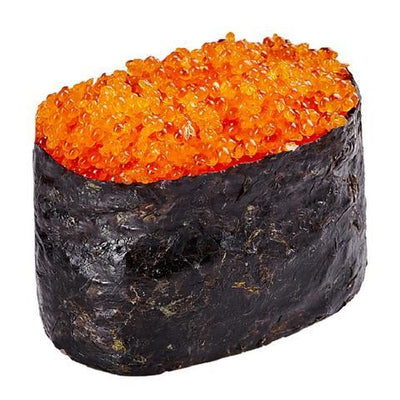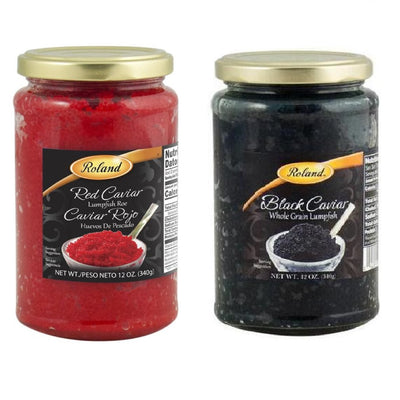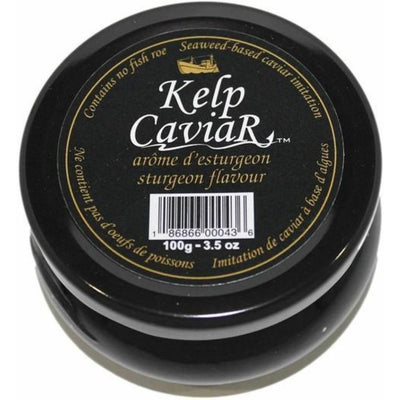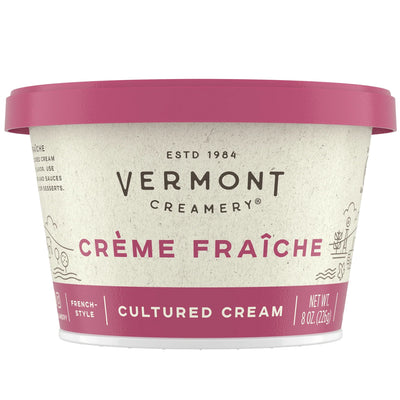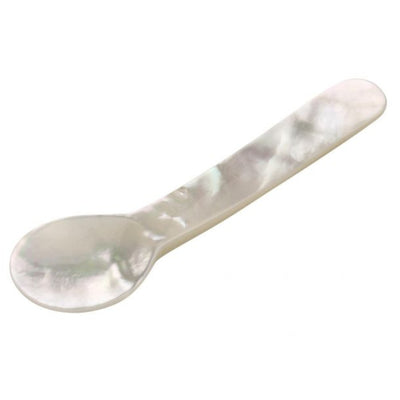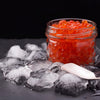What is Caviar? Caviar vs. Fish Roe

The quick answer, caviar is female fish eggs also known as fish roe of the Sturgeon family of fish. Sturgeon is the common name for the 27 species of fish belonging to the family Acipenseridae, with Beluga (Huso huso) being one of them. If you’ve ever heard or read about caviar then most likely you’ve heard of Beluga Caviar and/or Salmon Roe Caviar. Since Beluga is a fish of the Sturgeon family of fish, its roe is considered to be caviar. Salmon on the other hand is from the Salmonidae family of fish and its roe is not [exactly] caviar. To simplify this a bit, caviar is what nowadays we call a Trademark, a Brand Name, which originally included only the Sturgeon family of fish from the Black and Caspian Seas, but since the term is not a legal term its use was relaxed to include other fish as well.
Currently there is 525 known families of fish. Each family has a variety of species and as you can understand there exists a huge variety of different fish with an equal amount of different roe. Not all roe is equally suitable for human consumption, and people have come to accept only a minimal amount of variety of roe as caviar. Some of the popularly accepted caviar is the Sturgeon family which includes Beluga caviar, Sevruga caviar, and Osetra caviar, the Salmonidae family which includes Atlantic Salmon roe caviar, Chum Salmon roe caviar, and Pink Salmon roe caviar, the Polyodontidae family which includes the American Paddlefish caviar, and the Esocidae family which includes Pike caviar. This is a non exhaustive list of caviar and only includes a small sample group for general understanding.
Fish roe, caviar, is a very perishable product and without preservation if kept under refrigeration can last for about two weeks after being harvested. Due to the perishable nature of caviar it has to be preserved to make it to the end consumer in a healthy and edible form. The most famous way of preserving caviar is by adding salt to act as a preservative. Usually 3% to 5% is enough to extend its shelf life significantly. Caviar with the amount of salt in this range is considered malossol. Malossol is simply a Russian term which translates as little [amount of] salt. You can read our article about what exactly is caviar malossol in more detail here.
Caviar is an amazing delicacy food product for many of the following factors. First, and the easiest one is looks. Those beautiful little colorful grains are an easy way to decorate a dish for your table. Second, caviar is very rich in its nutrition content, but since every roe has different nutrients we won’t go into those details here. Third is the fantastic flavors and texture caviar taste offers. Fourth, is it’s scarcity. Due to the stunning looks, amazing flavor, nutritious and healthy qualities, over-fishing of caviar bearing fish became a problem. Fisherman nearly drove them to extinction and governments had to step in and introduce regulations which limits the amount of available caviar today. All of those factors combined make it a unique product one just has to try.
So what are you waiting for? Get yourself or your loved one a nice little unique and grainy surprise.
Currently there is 525 known families of fish. Each family has a variety of species and as you can understand there exists a huge variety of different fish with an equal amount of different roe. Not all roe is equally suitable for human consumption, and people have come to accept only a minimal amount of variety of roe as caviar. Some of the popularly accepted caviar is the Sturgeon family which includes Beluga caviar, Sevruga caviar, and Osetra caviar, the Salmonidae family which includes Atlantic Salmon roe caviar, Chum Salmon roe caviar, and Pink Salmon roe caviar, the Polyodontidae family which includes the American Paddlefish caviar, and the Esocidae family which includes Pike caviar. This is a non exhaustive list of caviar and only includes a small sample group for general understanding.
Fish roe, caviar, is a very perishable product and without preservation if kept under refrigeration can last for about two weeks after being harvested. Due to the perishable nature of caviar it has to be preserved to make it to the end consumer in a healthy and edible form. The most famous way of preserving caviar is by adding salt to act as a preservative. Usually 3% to 5% is enough to extend its shelf life significantly. Caviar with the amount of salt in this range is considered malossol. Malossol is simply a Russian term which translates as little [amount of] salt. You can read our article about what exactly is caviar malossol in more detail here.
Caviar is an amazing delicacy food product for many of the following factors. First, and the easiest one is looks. Those beautiful little colorful grains are an easy way to decorate a dish for your table. Second, caviar is very rich in its nutrition content, but since every roe has different nutrients we won’t go into those details here. Third is the fantastic flavors and texture caviar taste offers. Fourth, is it’s scarcity. Due to the stunning looks, amazing flavor, nutritious and healthy qualities, over-fishing of caviar bearing fish became a problem. Fisherman nearly drove them to extinction and governments had to step in and introduce regulations which limits the amount of available caviar today. All of those factors combined make it a unique product one just has to try.
So what are you waiting for? Get yourself or your loved one a nice little unique and grainy surprise.







